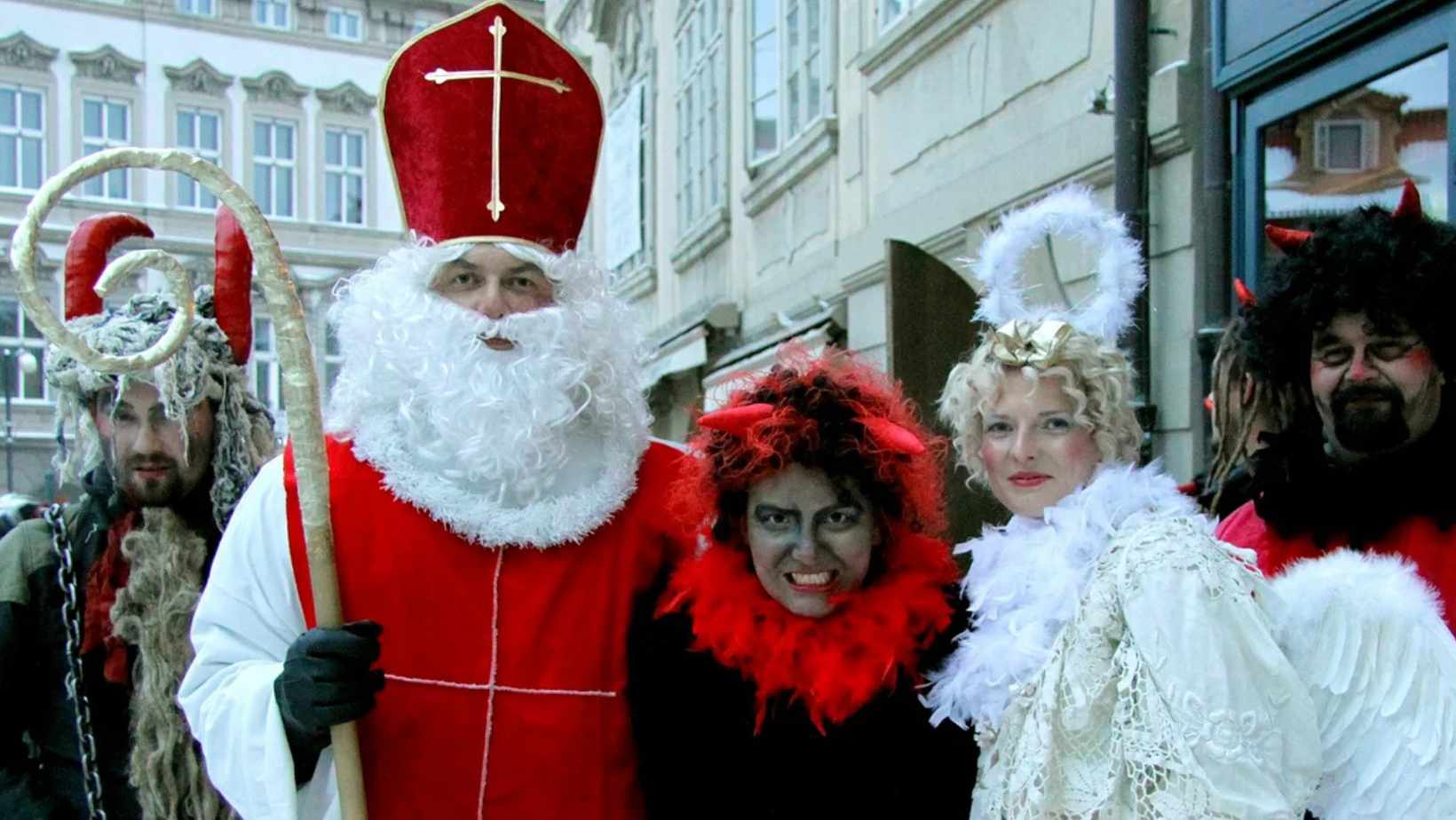By Maegan Comer-Anglo American University
The exhibition “Mucha: The Family Collection” currently at Waldstein Riding Hall has been extended through the end of the year, celebrating the legacy of Alphonse Mucha through a journey of the vast evolution of his life and works.
The exhibition of over 200 carefully selected pieces, including previously unseen works, is on display for an additional three months than originally planned due to popular demand.
Born in Moravia in 1860 (at that time within the Austro-Hungarian Empire), Mucha found his big break as a young artist in Paris in December 1894 upon the commissioning of a street poster for the famous stage actress Sarah Bernhardt. From the massive success of his first poster, the distinct “Le Style Mucha” was born.
Through his use of organic lines, elegant details, and ornamental features, Mucha became a prominent pioneer of the French Art Nouveau aesthetic at the turn of the twentieth century.
The exhibition, divided into six sections, guides visitors through the various stages of Alphonse Mucha’s life and ever-creative endeavors– from his childhood in south Moravia to the years of his formal art education in France. Looking at Mucha as an artist and a man, each portion is clearly marked with contextual summaries of his intentions and methods for each of his commissions.
Towering posters with lush pastel colors and metallic finishes line the walls of Mucha’s most popular French advertising era, preceded by smaller, more obscure religious pieces reflecting his strong personal spirituality. Mucha’s sincere belief that beautiful art would elevate morale and improve the quality of peoples’ lives is evident in the keen attention to detail and designful use of color throughout his work.

Whimsical female figures were a hallmark of Mucha’s style, such as the poster for the British company “Cycles Perfecta” highlighting the wind blowing through a woman’s long golden hair as she sits atop a bicycle.
From the turn of the century, a variety of Mucha’s portrait commissions are also displayed– notably his self-portrait from 1899, depicting the artist in a Rubashkin Russian shirt, symbolizing his pride for Slav unity.
At the back of the exhibit, up a set of stairs, are samples of sections of Mucha’s final masterpiece–the Slav Epic. Completed in Prague in 1928, ten years after the end of World War I and the founding of Czechoslovakia, this artistic feat was designed with Mucha’s intention to celebrate Slavic heritage, uniting the Slavs in history through a mutual reverence for peace.

Such massive canvas paintings from the Slav Epic’s 20-piece cycle could not be included due to their size, but sections are reproduced in the exhibit for examples. These extend across the walls of the upper floor to the ceiling. The true enormity and starkly contrasting Slavic nationalist style of Mucha’s later works provide a grand finale to the exhibit.
The exhibit closes with works reflecting the dark emotional and religious struggles that Europe faced amidst the ominous threat of another war. To combat his growing anxiety, Mucha crafted “The Light of Hope” in 1933. The large oil painting illustrates a man praying while the horrors of violence surround him.

Around this time Mucha also began designing a series now known as “The Three Ages” to depict his everlasting belief in reason, wisdom, and love for all of humanity. Unfortunately, the works remain unfinished. Shortly after the German invasion of Prague in 1939, Mucha– well-known as a Slavic nationalist– was arrested by the Gestapo. Mucha passed away in July of 1939, just weeks after his release.
In its entirety, the Mucha collection has been carefully curated by Mucha’s descendants as an ode to his lifelong legacy. “My grandfather wanted his art to be for everybody, and so it has given us great pleasure to see how popular this exhibition has been both with the Czech public and with visiting tourists,” said John Mucha, President of the Mucha Foundation.
The Mucha Foundation is an Independent non-profit charity organization founded in 1998 following the death of Alphonse Mucha’s son Jiri. The foundation exists to preserve and promote Mucha’s artistic works through the curation of various programs worldwide.
“We are delighted that thanks to our cooperation with the Czech Senate, we will be able to extend this exhibition until the end of the Czech rotating presidency of the European Union at the end of this year and enable more people to see a fresh perspective on my grandfather as a Czech, a European and a world citizen,” said John Mucha.
“Mucha: The Family Collection” at Waldstein Riding Hall is open until December 31st. The exhibition is open daily from 10:00 am – 6:00 pm, and Saturdays from 10:00 am – 8:00 pm. See the website for more details here.
-
NEWSLETTER
Subscribe for our daily news










